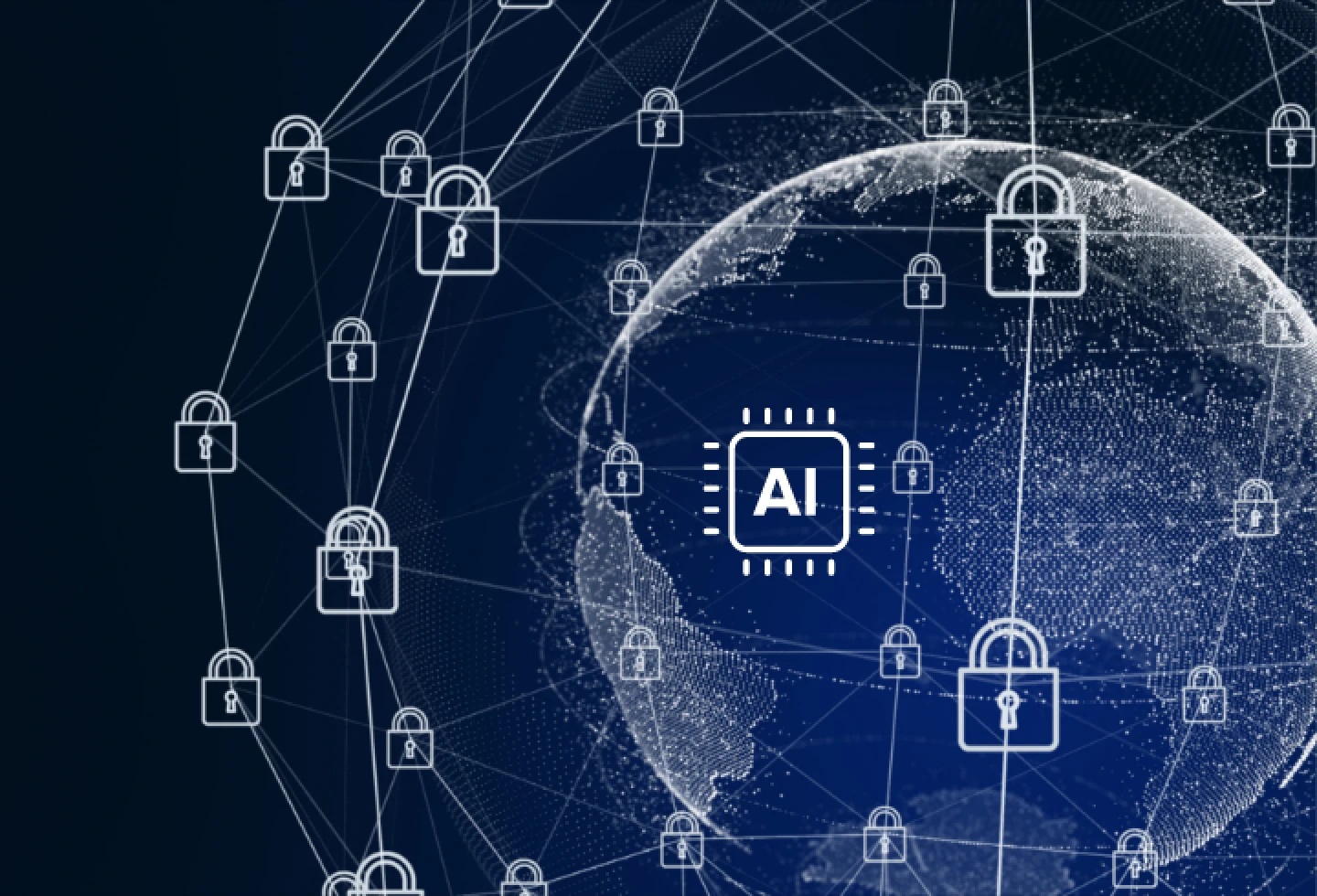With the exponential increase in digital media, the production as well as the accessibility of it has simultaneously given rise to the manipulation of this media with adversarial intelligence.
Images, video, text, or absolutely any kind of media available can be altered or distorted and just as easily distributed.
This extent of digital manipulation and the ease by which it is done has generated a kind of trust issue amongst people using the internet.
People just don’t know what to believe anymore. To add on top of that, there has emerged a new antagonist in this realm – deepfakes.
The name says it all. Deepfakes are generated using a kind of machine learning mechanism called ‘deep learning’. They are basically falsified and forged images or video media.
These images and videos are edited in an extremely convincing way.
For example, there could be a business promotional video featuring a normal, non-influential person, but a deepfake of the same with the person replaced with a celebrity can be distributed instead.
What happens is the person whose face and at times voice is being used without any consent or permission. Furthermore, the exploitation could very well benefit the business by acquiring the fan following of the celebrity.
Technology is definitely advancing, and deepfake is evidence of it. The irony here is that this ‘advancement’ only damages people.
Violation of Privacy
One of the most insidious implications of deepfakes and malicious AI impersonation is the fundamental violation of privacy for individuals.
Imagine being an executive who finds their face and voice cloned without consent into fake videos for nefarious purposes. The psychological toll of having your likeness weaponized could be devastating.
Regulatory bodies and lawmakers must get ahead of this burgeoning issue before deepfakes become inescapable. What safeguards will protect high-profile figures from relentless misinformation campaigns fueled by their own synthetic selves?
Adversarial Intelligence, A Threat to Businesses
Beyond individual trauma, deepfake AI poses an existential corporate crisis.
From spoofed earnings calls tanking stock prices to faked misconduct videos torpedoing brand reputation, the potential for financial havoc and market chaos is immense.
Generative models will dramatically lower the barrier to entry for corporate sabotage, misinformation blitzes, and “competitor-driven hit jobs”.
Opportunistic bad actors and hostile nation-states may turn these adversarial AI capabilities into powerful corporate warfare tools. The ramifications could destabilize entire industries if left unchecked.
Protective Measures against Adversarial AI
So how can businesses and leaders fortify themselves? Insikt’s report outlines a multi-layered defensive strategy:
- Treat executive personas as critical IP; secure biometrics like you would patents
- Implement synthetic media detection and authentication across platforms
- Monitor for impersonations, fake websites/media outlets with defensive AI
- Establish an incident response plan for deepfake crises
- Advocate for regulation protecting individuals from nonconsensual AI model training
- Consider legal options like DMCA takedown requests for faked media
- Leverage cyber threat intelligence to identify potential threats early
In this unpredictable new reality, organizations must urgently adapt and innovate to stay ahead of insidious AI misuse.
Dismissing these threats as theoretical risks enterprises remain woefully underprepared for a brewing perfect storm of disruption.
Sharpen your Defenses with Adversarial Learning
These synthetic media creations challenge the way we perceive truth. Are we really able to distinguish between AI generation and authenticity?
What’s worrying in this case is the ease and accessibility of platforms that allow such deepfakes. Deepfake-generating apps and websites are everywhere.
There is no doubt that there are significant consequences to deepfakes. They completely morph the truth and question our ability to judge reality.
With the rapid advancements and evolution of technology, especially when there are huge dangers associated like in this case, we’re presented with choices.
We could either feel threatened, be defensive, ignore and deny criticism or we could embrace the opportunity to make a better decision in regards to adversarial learning.
Decision makers, both individuals and government bodies should make investments towards protection. For example – AI detection tools.
Education about these technologies and providing a perspective of critical thinking is also important.
As internet users and content consumers, we hope you stay vigilant against adversarial intelligence, and question before you trust media.





